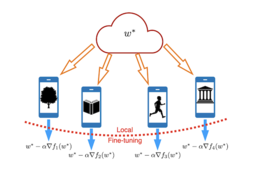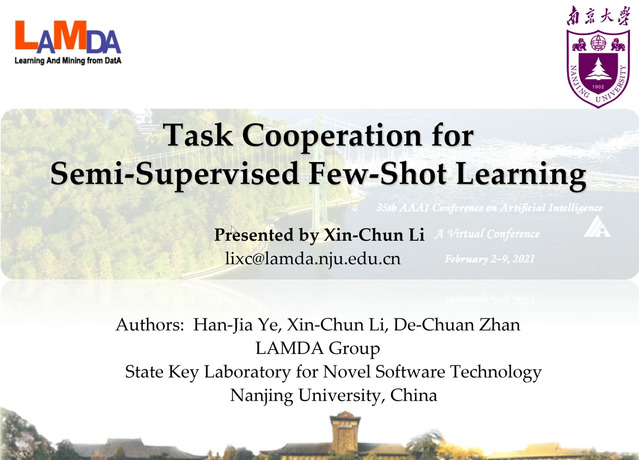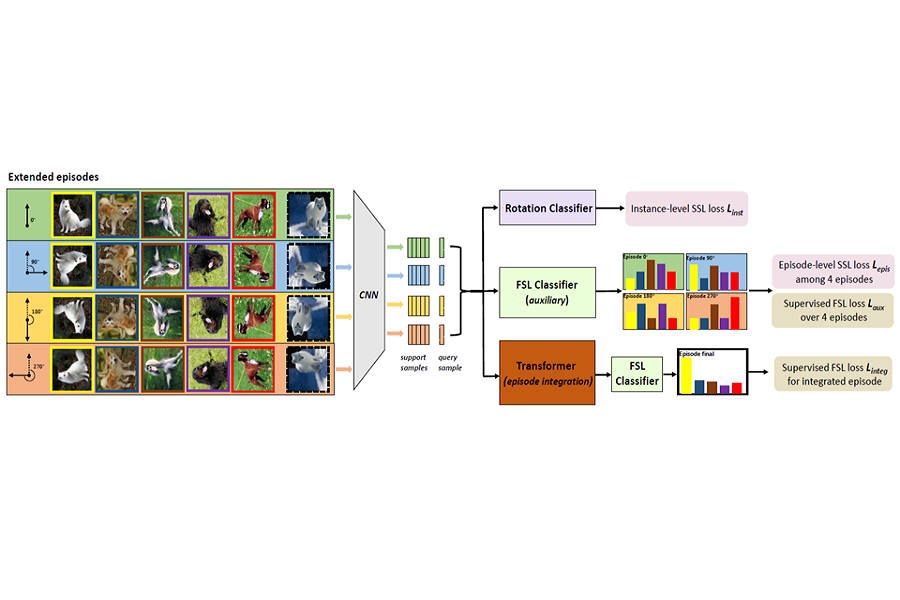Abstract:
Distributed learning protocols are designed to train on distributed data without gathering it all on a single centralized machine, thus contributing to the efficiency of the system and enhancing its privacy. We study a central problem in distributed learning, called distributed learning of halfspaces: let $U \subseteq \R^d$ be a known domain of size $n$ and let $h:\R^d\to \R$ be an unknown target affine function. A set of examples $\{(u,b)\}$ is distributed between several parties, where~$u \in U$ is a point and $b = \sign(h(u)) \in \{\pm 1\}$ is its label. The parties' goal is to agree on a classifier~$f: U\to\{\pm 1\}$ such that~$f(u)=b$ for every input example~$(u,b)$.
We design a protocol for the distributed halfspace learning problem in the two-party setting, communicating only $\tilde O(d\log n)$ bits. To this end, we introduce a new tool called halfspace containers, that is closely related to bracketing numbers in statistics and to hyperplane cuttings in discrete geometry, and allows for a compressed approximate representation of every halfspace. We complement our upper bound result by an almost matching $\tilde \Omega(d\log n)$ lower bound on the communication complexity of any such protocol.
Since the distributed halfspace learning problem is closely related to the convex set disjointness problem in communication complexity and the problem of distributed linear programming in distributed optimization, we also derive upper and lower bounds of $\tilde O(d^2\log n)$ and~$\tilde{\Omega}(d\log n)$ on the communication complexity of both of these basic problems.









































